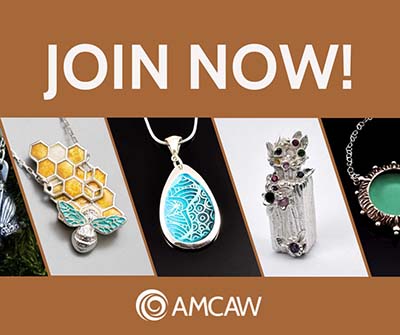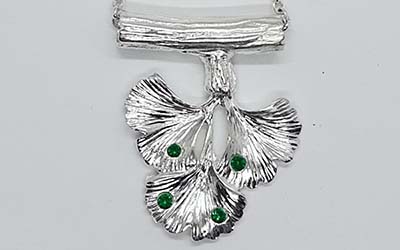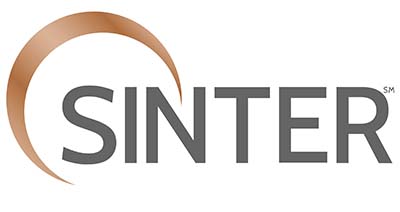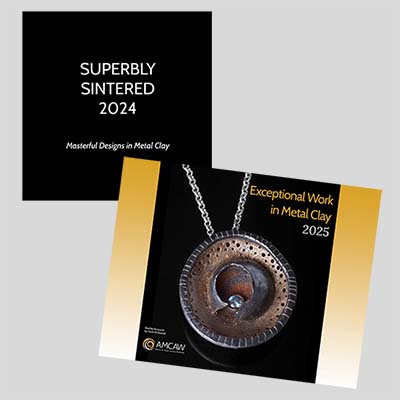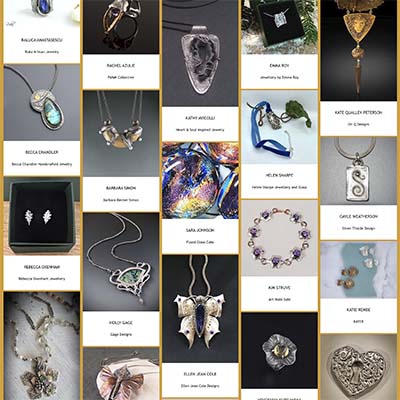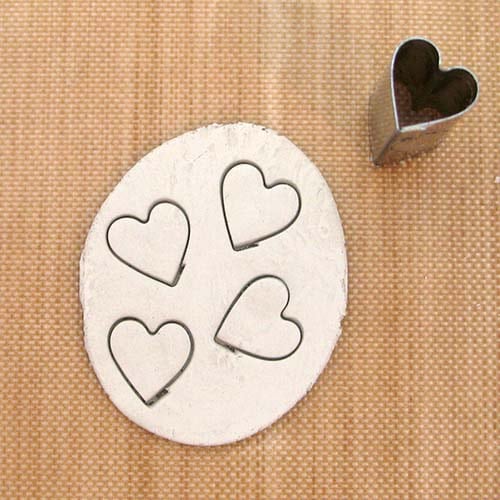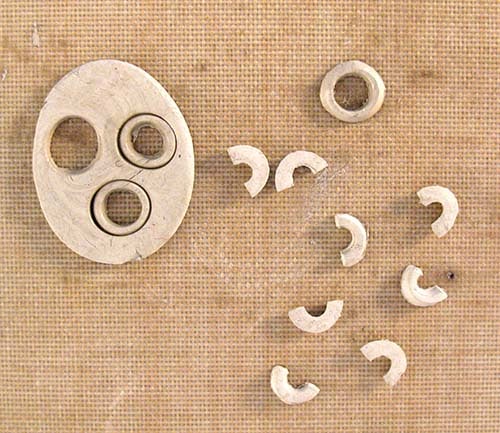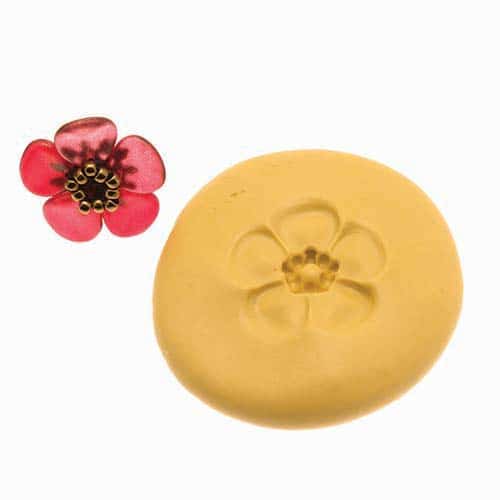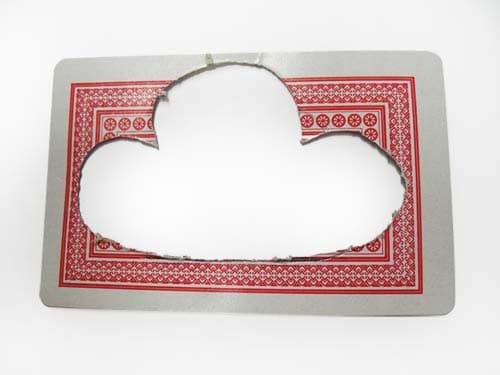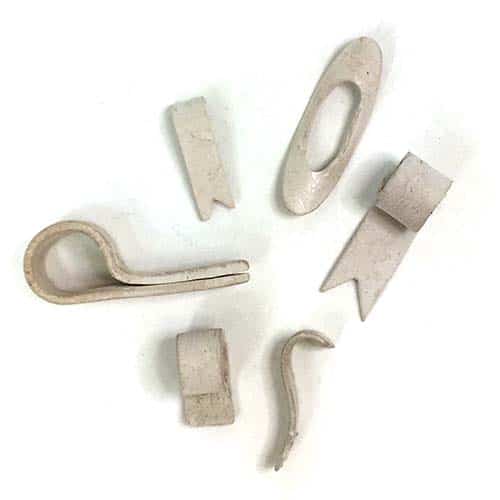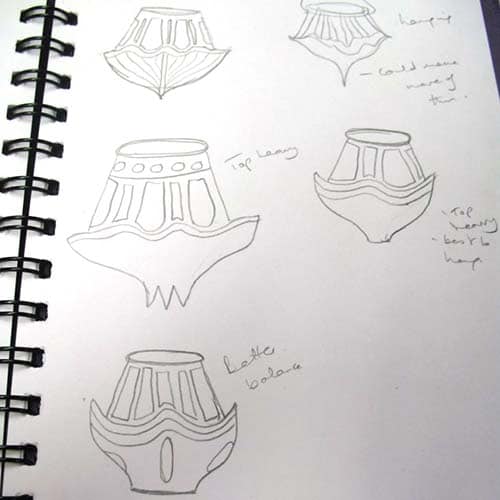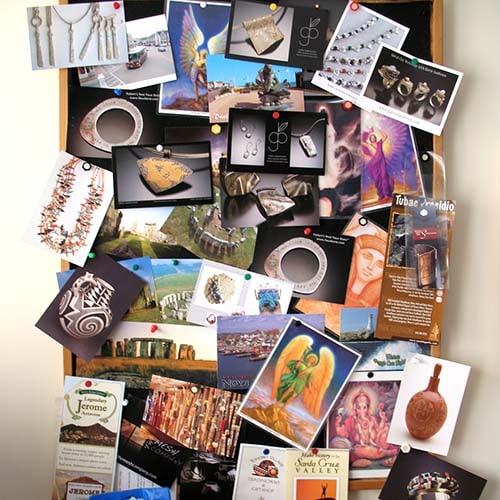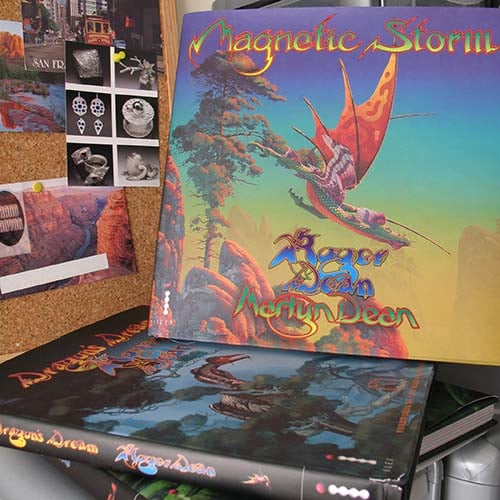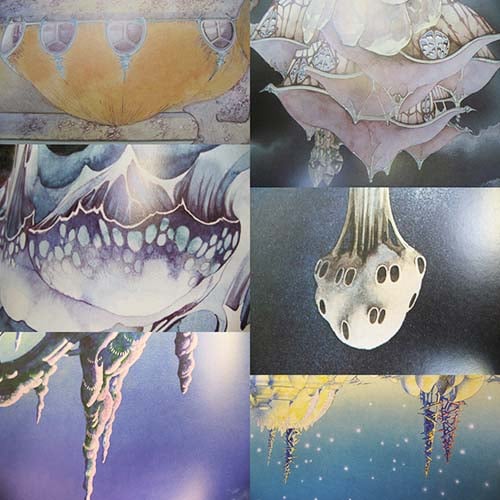Creating an Inspiration Library
When you are creating work and being very productive, it’s easy to think you will never be stuck. Preparing for times when you may need a boost of inspiration is a good habit to get into. If you can draw, keeping a sketchbook of ideas is a great way to give yourself a resource when you need it. But even if you think you don’t draw well enough, a quick sketch will cement the idea in your head so when you review it later, you’ll remember the concept.
Your sketch book should be a private record of your ideas, things that you like that interest and inspire you. It doesn’t matter if your drawings are simple outlines covered in words that describe your ideas, they are only for you. Some artists might draw a perfect rendering, but many never get to that point. What simple drawings help retain are haphazard ideas, shapes, colors, patterns, and ideas that occur at random times during the workday. With the use of a sketchbook, these concepts can be captured to be used in the future.
Remember, you can also save a number of images on the computer and then later browse through them for inspiration.
Collect things that interest you and paste them into your sketchbook, tack them to the wall, or put them in an inspiration box. Post cards, wallpaper, wrapping paper, stamps, book and CD covers, pieces of lichen, pressed flowers and leaves, seed heads and pods, acorns and pinecones, nothing is off limits. If you can’t put the actual item into your inspiration library or box, take a picture of it and print it out or keep it in a folder on your tablet, phone or computer.
The internet is a wonderful source of images, so search words or phrases that resonate with you, and see what comes up. Search a theme word like mystery, romance, love, loss – whatever you feel like at the moment and see what comes up. As long as you don’t actually use copyrighted themes, characters or motifs, you can still keep them for inspiration. Maybe there’s a shape, form, color, texture, or just a general feeling in the image that you like. Everything that speaks to you has value so resist the urge to censor yourself and just collect everything that catches your eye.
